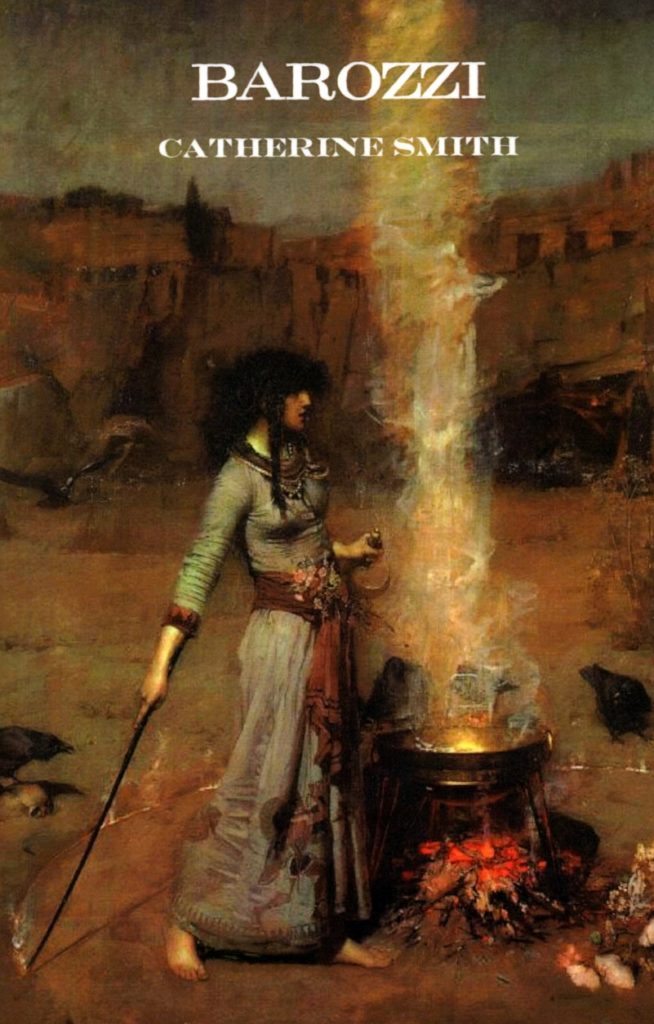
A Gothic rollercoaster! Action is launched with the first line and doesn’t hold back until the twist-filled resolution. Smith was an actress by trade and her dramatic experiences fit well within the genre, where characters are encouraged to speak in the operatic tones of Shakespearean tragedy.
First published in 1815 and largely out-of-print until 2006, Barozzi would have likely been a mainstream publication in its day, but not splash-worthy. The tyrannical ruler willing to embrace any evil to maintain power is highly reminiscent of Manfred in Walpole’s The Castle of Otranto (1764) and, by extension, Macbeth (1606). The sections which deal with demon conjuring reflect Matthew Lewis’ The Monk (1796). And the magician’s reveal of a conclusion is very much in line with the tradition of Ann Radcliffe. In other words, Smith played all the hits but nothing edgy enough to cause a stir.
The relentless thrills and swirling mystery are sufficiently paced to tantalize any reader, however, even those already familiar with the Gothic landmarks. For those less versed in Gothic motifs, Barozzi likely comes across as brilliant for its dazzling prose and puzzlebox plot. The language has a taste for Shakespearean flare, but it’s far from a difficult read. In fact, I’d say this novel is an excellent gateway to finer specimens of the genre which, despite their superiority, can be challenging.
That said, modern readers will likely find frustration with the novel’s leading man. Though he shows some nobility by the end, we are introduced to him under such abysmal circumstances that we can hardly celebrate when the leading lady falls for him. A reminder of his evil is tossed in as a single line on the final page, though it is placed there seemingly to only tie up a loose end instead of offering a dire warning. Smith is very critical of men who behave badly, and the novel’s overall message is one of morality, but somehow the youth gets a pass for what he did. This frustration serves as a useful history lesson on the inequality between the sexes back then, but even so I think Smith was in her rights to address the issue more overtly.
Overall, for its succinct structure and impressive layering of surprises, Barozzi is well-deserving of a hearty recommendation. Especially for those who’ve already experienced the major Gothic novels, something like this presents a deeper study into the early aesthetics while being immensely entertaining to boot. Kudos to Valancourt Books for reprinting this rare book and including a scholarly introduction. Without their archival diligence, such 18th and 19th century non-classic Gothic novels wouldn’t just be forgotten, but completely inaccessible.
Our bookish social media…
